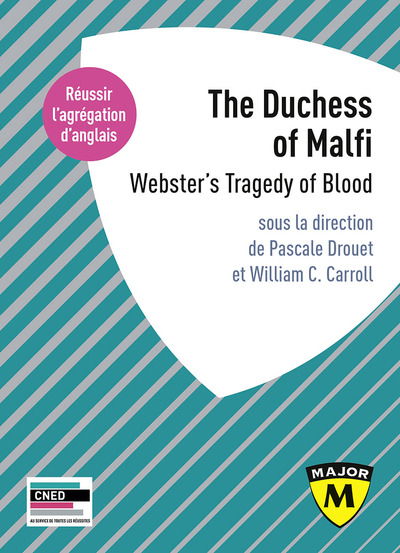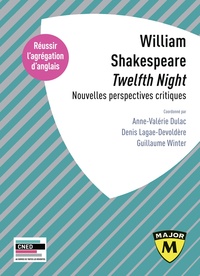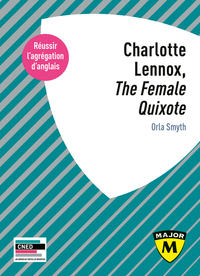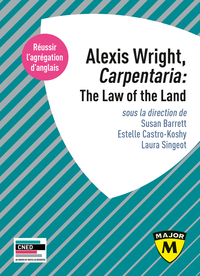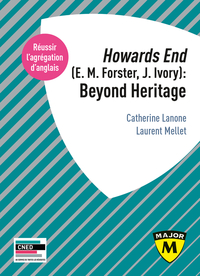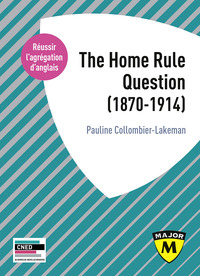Nous utilisons des cookies pour améliorer votre expérience. Pour nous conformer à la nouvelle directive sur la vie privée, nous devons demander votre consentement à l’utilisation de ces cookies. En savoir plus.
Agrégation anglais 2020. The Duchess of Malfi: Webster's Tragedy of Blood
Belin Education - EAN : 9791035804367
Édition papier
EAN : 9791035804367
Paru le : 17 oct. 2018
21,00 €
19,91 €
Disponible
Pour connaître votre prix et commander, identifiez-vous
Notre engagement qualité
-
 Livraison gratuite
Livraison gratuite
en France sans minimum
de commande -
 Manquants maintenus
Manquants maintenus
en commande
automatiquement -
 Un interlocuteur
Un interlocuteur
unique pour toutes
vos commandes -
 Toutes les licences
Toutes les licences
numériques du marché
au tarif éditeur -
 Assistance téléphonique
Assistance téléphonique
personalisée sur le
numérique -
 Service client
Service client
Du Lundi au vendredi
de 9h à 18h
- EAN13 : 9791035804367
- Réf. éditeur : 987636
- Collection : CNED BELIN
- Editeur : Belin Education
- Date Parution : 17 oct. 2018
- Disponibilite : Disponible
- Barème de remise : NS
- Nombre de pages : 352
- Format : H:201 mm L:146 mm E:26 mm
- Poids : 424gr
- Résumé : This collection of essays represents new scholarly work on John Webster's great tragedy, The Duchess of Malfi. The critical methodologies range from historical contexts to feminist readings of agency and identity, to social analyses of Jacobean culture. The play has rightly taken its place as one of the greatest of the early modern period, and the Duchess is now seen as one of the great tragic figures of the time—and along with Shakespeare's Cleopatra, one of the most powerful representations of a strong female character in control of her own sexuality and her own destiny. The play also offers an unusual range of villainous characters, from the Duchess's two brothers—the Machiavellian Cardinal and the deranged Ferdinand—to Bosola, who at first seems to be a conventional Vice-like villain. Bosola commits terrible acts in the play, and though he ultimately surrenders to his conscience and tries to do good, this transformation comes too late, and the final set of murders takes place in darkness—an apt symbol of the play's disturbing moral universe.

